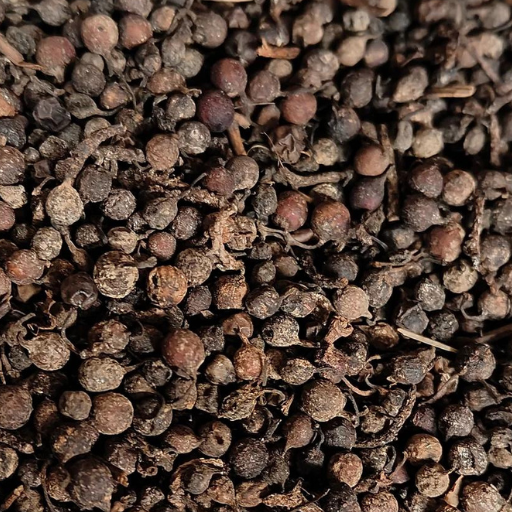Piper Guineense — From Traditional Remedies to Modern Cuisine.
What are the health Benefits of Piper Guineense?

Piper guineense, commonly known as West African black pepper, Ashanti pepper, or Uziza, is a spice native to the tropical regions of West Africa. Renowned for its distinctive, pungent flavor that combines peppery heat with aromatic notes, Piper guineense is a staple in West African cuisine. It is used to enhance the taste of soups, stews, and grilled meats, imparting a unique depth of flavor. Beyond its culinary applications, this spice has been traditionally valued for its medicinal properties, believed to aid digestion, reduce inflammation, and serve as an antimicrobial agent. With its rich cultural heritage and versatile uses, Piper guineense continues to be an important and cherished spice in both traditional and modern culinary practices.
It is also known as hot leaves. Both the leaves and seeds are all used for cooking. It is an African plant that is mostly used for cooking in the eastern and southern part of Nigeria. Oziza or Uziza leave is also known as Cubeb pepper, Piper guineense. It is called Ata iyere in Yoruba. It has high mineral content such as calcium, zinc, potassium, magnesium and copper.
Health Benefits Of Piper Guineense
Piper Guineense posesses Potent anti-inflammatory properties, It supports digestive health, it can be for Culinary purpose. it Reduces stomach pain, Supports immune system, Relieves pain, Lowers blood pressure, Improves respiratory health, Promotes healthy skin, Enhances brain function, Lowers cholesterol, Helps in post-natal care in women, Natural remedy for intestinal disorders, Regulates blood sugar, Reduces menstrual cramp, Supports weight loss, Fights against cancer, Promotes liver health, Improves heart health, Boosts fertility, Prevents and treats malaria, Boosts immunity, Promotes healthy vision, and can also be For kidney protection.
In addition, Piper Guineense can be used For the treatment of cough, For the treatment of bronchitis, for treating intestinal diseases and can help in treating rheumatism
Brief History Of Piper Guineense
Piper guineense is a spice plant from the family Piperaceae and from genius piper. It is a West African spice plant commonly called ashanti pepper (Okoye and Ebeledike, 2013). It is known as Uziza in Igbo and Iyere in Yoruba. Other common names are benin pepper, guinea pepper, false cubeb and Kale (Tapsell et al., 2006). The plants that provide the pepper are vines that grow up to 20m tall climbing up bole of trees by means of adventitious roots. It is a perennial plant that is characterized by heart shaped leaves and oval, petiole, alternate and 12cm long (Besong et al., 2016).
The fruits of P. guineense occurs in clusters, small, reddish or reddish brown when ripe and black when dry (Nwankwo et al.,2014). The plant is native to tropical regions of Central and Western Africa and is semi-cultivated in countries like Nigeria, where it is found commonly in the southern part (Okwu 2001). It grows in evergreen rain forest, forest edges, usually in wet places, gallery forest along rocky rivers of an elevation of 750 – 1680m (Besong et al., 2016). There are more than 700 species of this plant throughout the tropical and sub-tropical regions of the world (Anyanwu and Nwosu, 2014). The different parts of the plant have been characterized and their chemical compositions determined and are used as therapeutic agents in minor ailments (Okwu, 2001).
REFERENCES